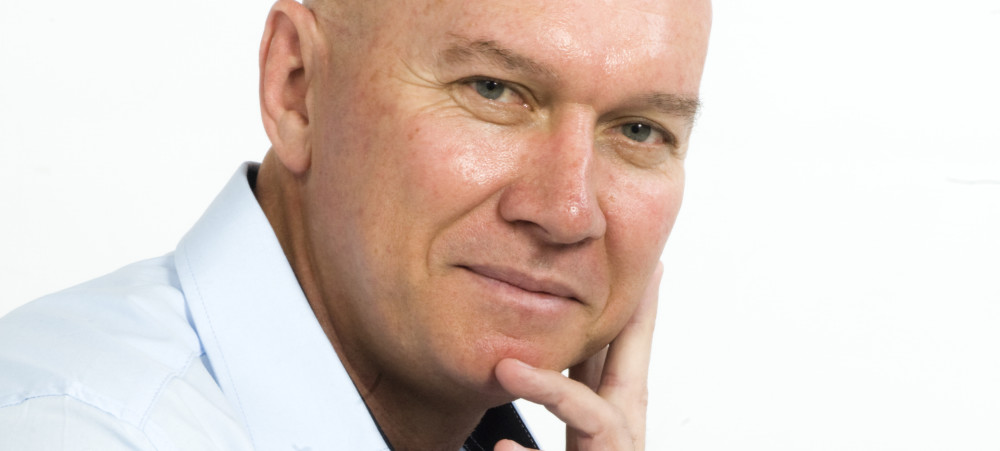Youth are between the proverbial rock and hard place. Without an income how can you begin to save. Wealth creation is based on investing over time taking full advantage of the power of compound interest. Most of our youth can barely make ends meet let alone set aside savings for the future.
This should be a lesson in itself for those that do have jobs. The most important thing in your financial life is to decide upon an amount to save every month and then stick to it without compromise.
Save first and spend the rest is about as simple as it gets. If you set aside your savings on the first of the month you can spend these rest on anything as you know that your investment is in place already. Realistically, your income after tax and savings is actually your true income upon which you should create your standard of living.
Our youth seem to get it wrong with idea that financial success stems from debt and they fall prey to easy loans to fund things they really can’t afford. If you borrow to fund your lifestyle you effectively are living about your means. Particularly if you have not saved anything,
The message is simple. Live within your means after saving first. Keep your debt under control. When borrowing for a house or car make sure you can comfortably afford the repayments (after saving). Interests rates move up and down. Ensure that you can keep up even if rates move upwards by a few percentage points.
Your income is hard earned and needs to be managed carefully. If you measure it you can manage it. Our youth must learn to budget effectively managing their expenses carefully against their income. Opportunities to cut back on expenses should be identified which in turn will free up more money to save. Paying off debt as quickly as possible will also free up disposable income for savings. After all, it is better to earn interest on your own savings instead of giving to the bank. Times are tough and debt is not the solution. In fact it has become the problem with most SouthAfricans. Prevention is much better than cure when it comes to falling into the dreaded debt trap.
Delaying your gratification and maintaining financial discipline are key ingredients to attaining financial independence in the future.
